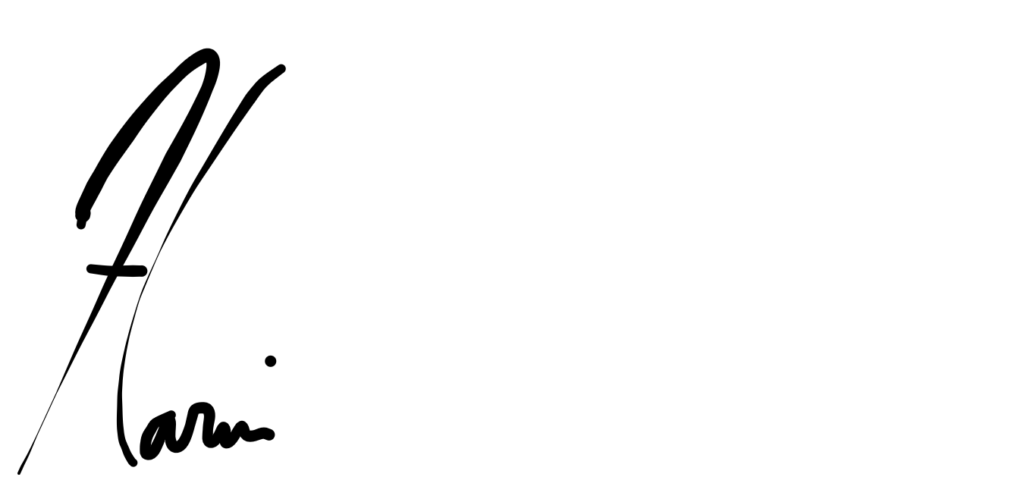We’ve all experienced some form of burnout, but the real question is, how do we break the cycle? Like most of my peers, hustle culture pushed me to my limits and motivated me to work endlessly. In a way, I can appreciate the grind and how my hard work has paid off. For instance, because I worked on my writing outside of my 9 to 5, I was able to build a client base and make freelance writing my full-time gig. But at the same time, when you’re hustling non-stop, it’s much harder to slow down and smell the roses. Although my passion was becoming a reality, I couldn’t enjoy it because my energy was depleted. Even now, as a freelance writer, I find myself falling into workaholic habits and exhausting my resources.
It seems like breaking the cycle is harder than I realized. As I always like to say, establishing a habit takes time. But you know what else takes time? Reconditioning your mind. Unlearning toxic productivity is a process, so let’s talk about ways we can combat the burnout monster and create a healthier balance in life.
Reflect on Your Experiences
Our experiences are powerful. They give us insight into how to navigate our lives. So take a moment and look back on your life. Do you see any recurring patterns? Is there something that isn’t serving you? If so, what is it, and is it still happening now?
If you’re exhausted, think about what type of exhaustion it is and the source of your tiredness. Is it mental exhaustion or physical exhaustion? For instance, watching the news all day and absorbing negativity can lead to mental exhaustion and depression. Working without taking any breaks leads to brain fog. Does anything look familiar?
You have a lot more control than you realize. You can take your power back by recognizing what isn’t working and making changes to your habits i.e. studying for shorter amounts of time, taking frequent breaks, exercising, or reducing the amount of news or social media you consume. Study your experiences, and then try switching things up.

Recognize Your Tells
Your tells are signs indicating stress levels. I like to think of them as red flags letting me know when something is off. For example, when I’m anxious, my jaw tightens up, and I lose my appetite. That’s my body’s way of telling me I’m feeling overwhelmed and I need to take a step back. Some mental tells may be headaches, limiting beliefs, and ruminating thoughts.
So, why are tells important? What’s their purpose?
These signs are here to protect you and remind you to listen to your body. We are not machines that function 24/7. We are humans who require rest to be productive and fulfill our goals. When you’re experiencing mental or physical discomfort, take this opportunity to turn inward and do what’s best for you. If that means taking more breaks, do it!
Let these indicators ground you in reality and prevent you from pushing yourself to the edge in the future. Learn about your tells, so you can be more receptive to your mental health.
Implement Habits That Serve You
We already know it’s hard to establish a new habit. It’s also challenging to reprogram our work mentality, especially since we’ve been taught to constantly work harder and improve ourselves. When it comes to setting a new habit and retiring an old one, start with compassion. Be gentle with yourself. Recognize that change takes effort, time, and practice. For example, if you’re trying to reduce screen time, you may not hit your goal on the first day, and that’s okay!
This year, I started using the 50% rule, so I could be more forgiving with myself. It’s unrealistic to accomplish everything and then some when life is constantly changing. Since life is unpredictable, it’s okay to leave room for error. Celebrate hitting 50% of your goals. It’ll definitely boost your mood.

Being intentional is a big part of the change
During my self-care challenge, I discovered it takes time and mindfulness to establish new habits, even the ones that made me feel good. One way to be intentional with your habits is by writing or verbalizing them. For example, you could write sticky notes and place them on your desk to remind you to take breaks. If you want to start your day on a positive note, you could state affirmations in the mirror.
Take baby steps
Sometimes we want to dive in without looking back with the hope that our lives will magically transform. But that’s not how habits work. Like learning a new skill, it starts with baby steps. For instance, if you want to implement more breaks into your study session, start with 5-minute breaks and eventually add more time.
Why We Should Acknowledge Burnout
Ignoring burnout is not a solution. It only prolongs the mental and physical exhaustion weighing on us. So, the first step is acknowledging that burnout exists and you may be experiencing it. From there, dismantle it and try to determine the triggers of your burnout. Is it workaholism? Are you juggling too many responsibilities? Are you prioritizing others instead of your needs? Or perhaps, it’s all of the above.
Once you understand your triggers, consider setting habits or boundaries that will reduce the likelihood of burnout appearing like clockwork. For instance, you may block off time after work hours or turn off email notifications to focus on yourself. This gives a clear barrier between work and personal life.
However you decide to tackle the burnout monster, I hope you take time to attend to your needs and practice some much-needed self-care.
This post was inspired by Aleya Harris and her Flourishing Entrepreneur podcast!
So, how about you? What are some ways you combat the burnout monster?
Let me know in the comments below, and as always, good luck on your journey!
Harumi
